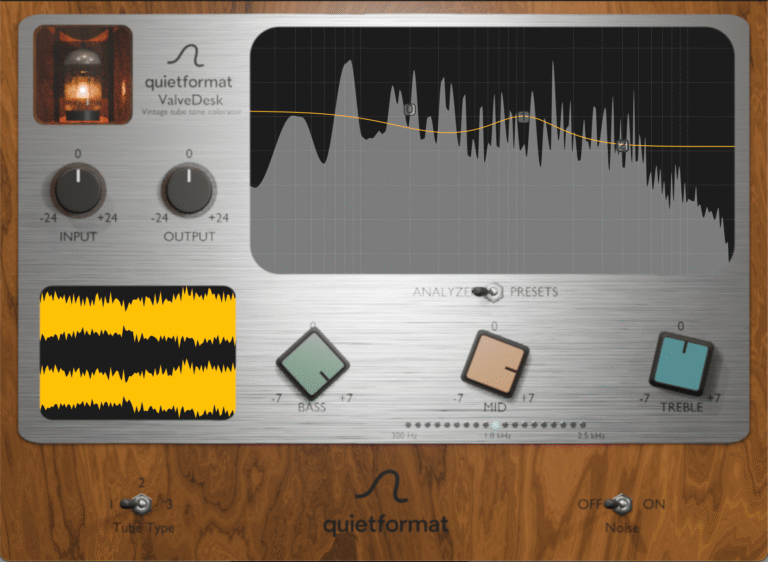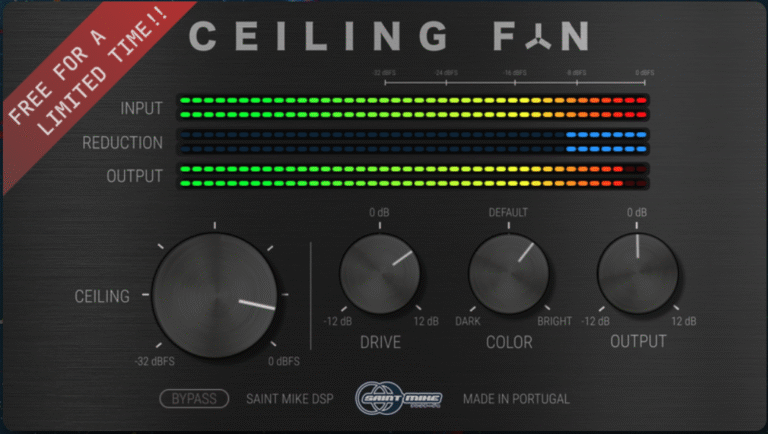The EQ Curve Analyzer is a plugin designed for analyzing and generating signals to visualize the frequency response (both magnitude and phase) of any plugin or hardware.
To use it, insert the plugin you want to analyze between two instances of EQ Curve Analyzer. Set the first instance as the signal generator and the second as the analyzer. Adjust the latency as needed for accurate phase response.
It’s great for learning how classic EQ emulations affect your sound. Plus, it features a “group” system that lets you compare two analyses in real-time on the same graph.
During analysis, you won’t hear any audio as it’s isolated between the two instances.
For plugin analysis without added delay, place it between two EQ Curve Analyzers on the same track with “Auto sync” enabled. Ensure both are in the same group.
“Auto sync” synchronizes them for phase response analysis, crucial unless dealing with hardware. It tracks the impulse sample index in the audio buffer, sharing info between instances.
If the plugin introduces latency, adjust the latency parameter for clear phase response. Usually, “Suggest” works, but for extreme settings, manually input sample count or increase “Latency” gradually.
For hardware, use two tracks with one Analyzer each: one sends the test signal, the other receives it. Enable track input monitoring.
Set latency like a plugin, but disable “Auto sync” here. Adjust “Latency” until the phase curve sharpens.
Groups sync settings across Analyzers of the same group number, ideal for multiple setups.
Underlay displays another group’s analysis on your instance by entering its number.
Freeze saves “Underlay” spectrum in plugin state for recall. Export dumps spectrum data to CSV.
FFT size dictates analysis precision: bigger for detail, smaller for speed.
For Mid-Side EQ, add a Mid-Side decoder/encoder pair: EQCA → Mid-Side Decoder → Mid-Side plugin → Mid-Side Encoder → EQCA.
“Allow offline rendering” tweaks EQ Curve Analyzer’s rendering behavior, typically bypassed by default.
Generator instance shoots impulse signals—single sample followed by silence—processed and flipped to frequency mode for magnitude and phase display.
Best for linear setups; non-linearities can skew results, compromising analysis validity. Interpret results cautiously; excessive non-linearity can render data unreliable.





